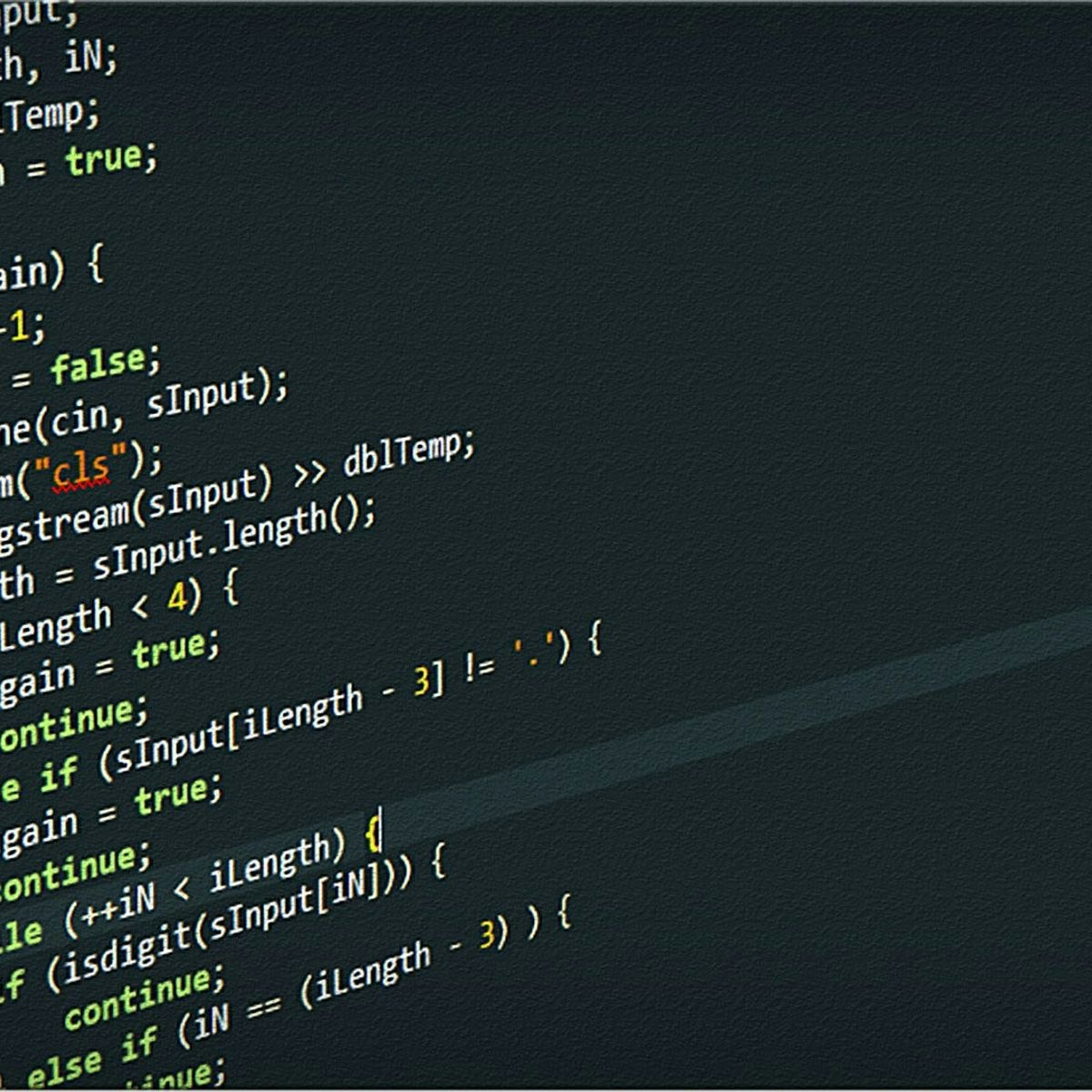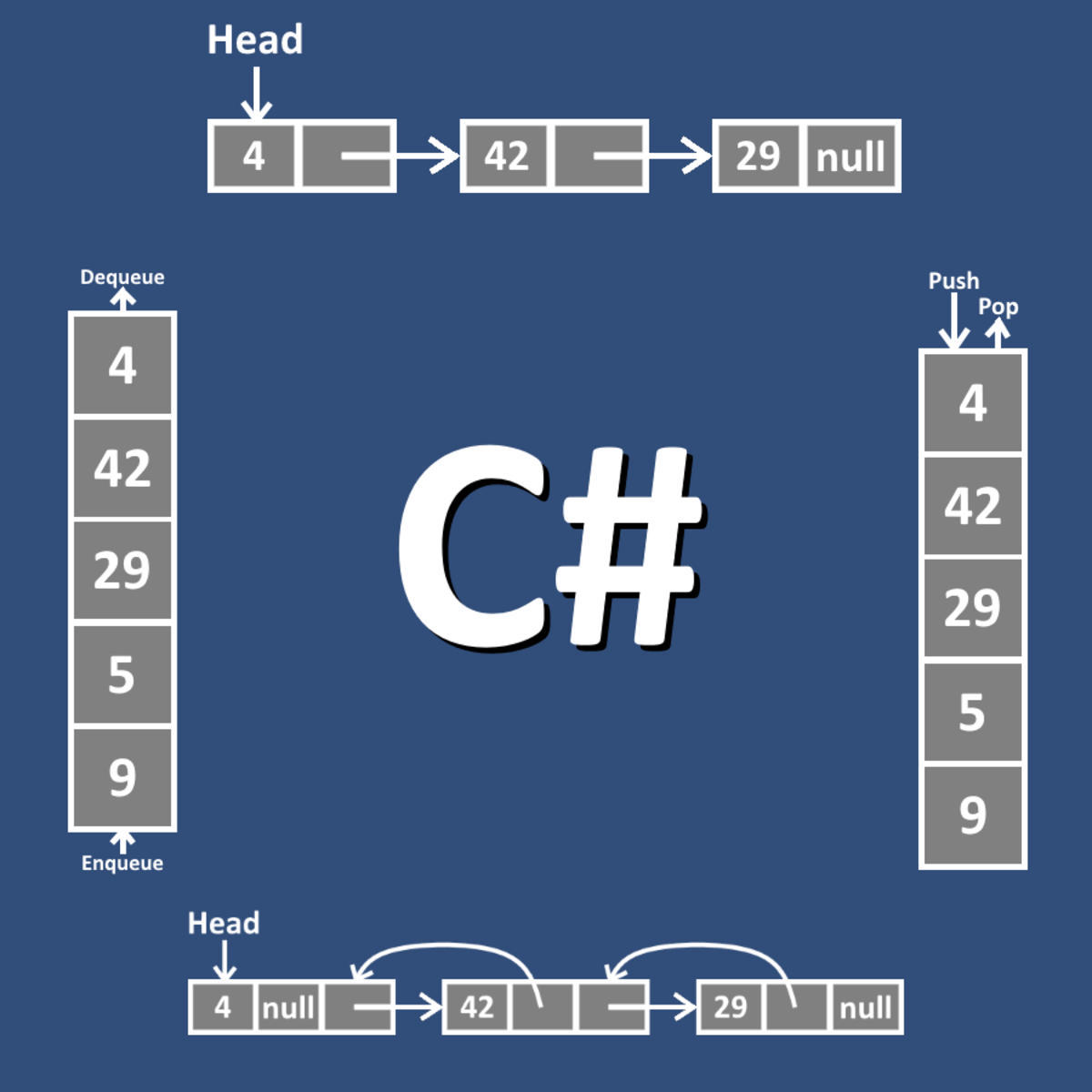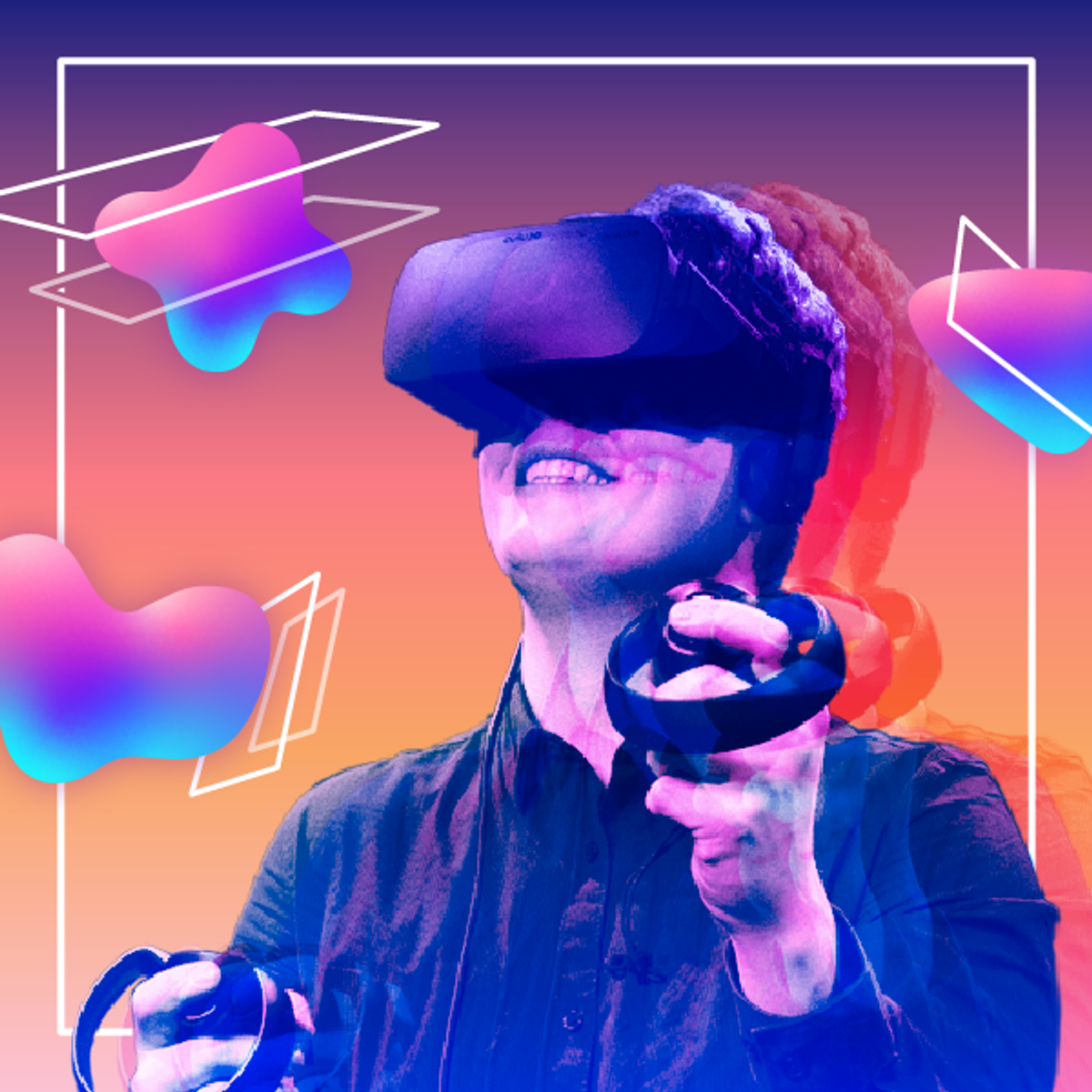Back to Courses









Computer Science Courses - Page 143
Showing results 1421-1430 of 2309

Streamline User Experience Flow with Sitemaps in Miro
By the end of this project, you will be able to design a user experience sitemap that streamlines user experience flow by providing a clear path for customers to access your organization’s value proposition.
To do this you will gain hands-on experience working in the Miro online visual collaboration platform for teamwork where you will exercise visual thinking to create a logic flow between web pages that is easy for users and search engines to follow.
Note: This course works best for learners who are based in the North America region. We’re currently working on providing the same experience in other regions.

Process File Data using C Pointers
By the end of this project you will implement a program using C that uses pointers to access a csv file and searches the file for a character string.
The C programming language is the basis for many other programming languages. Its syntax has been used in languages such as C++, Java, and C# to name a few. These languages utilize pointers to access variables, so it is an important concept to grasp. C is still the language of choice for writing Operating systems, games, and many other applications where performance is critical.
Note: This course works best for learners who are based in the North America region. We’re currently working on providing the same experience in other regions.

Introduction to Github and Visual Studio Code
Welcome to this guided project. In this 2-hour long project-based course, you will learn how to “use GIthub to provide hosting for software development and Visual Studio to host code locally on your electronic device.” I know it seems like a lot by the end of the project will develop a better understanding of Github and Visual Studio Code.
Note: This course works best for learners who are based in the North America region. We’re currently working on providing the same experience in other regions.

OWASP Top 10 - Risks 6-10
In this course, we will examine Vulnerable and Outdated Components, Identification and Authentication Failures, Software and Data Integrity Failures, Security Logging and Monitoring Failures, and Server-Side Request Forgery (SSRF). We’ll use demos, graphics and real-life examples to help you understand the details of each of these risks.

Data Structures and Design Patterns for Game Developers
This course is a stand-alone course that builds on the knowledge included in the C# Programming for Unity Game Development Specialization, so the course assumes you have the prerequisite knowledge from that Specialization. You should make sure you have that knowledge, either by taking those courses or from personal experience, before tackling this course. Throughout this course you'll build on your foundational C# and Unity knowledge by developing more robust games with better object-oriented designs using various data structures and design patterns.
Data structures and design patterns are both general programming and software architecture topics that span all software, not just games. Although we'll discuss these ideas in the game domain, they also apply if you're writing a web app in ASP.NET, building a tool using WinForms, or any other software you decide to build.
Module 1: Explore a Dynamic Array data structure and learn the basics of algorithm analysis
Module 2: Learn about and use the common Linked List and Graph data structures
Module 3: Learn about and use several additional data structures: Stacks, Queues, and Trees
Module 4: Learn why design patterns are so useful and discover a number of design patterns useful in game development
“Unity” is a trademark or registered trademark of Unity Technologies or its affiliates in the U.S. and elsewhere.
This course is an independent work and is not sponsored by, authorized by, or affiliated with Unity Technologies or its affiliates

Use Python Regular Expressions to Process File Data
By the end of this project, you will use the python re package to create an application that verifies email form data from a file.
Regular expressions are used to search for data patterns. They can be used to validate file or web data, and/or replace data when a match is found. In Python, the regular expression is compiled with a regular expression pattern. Then a string is passed to the regular expression engine where the search for the pattern match takes place.
Note: This course works best for learners who are based in the North America region. We’re currently working on providing the same experience in other regions.

How to use Pathfinder commands in Adobe Illustrator
During this project, you’ll use the Pathfinder panel tools in Adobe Illustrator to cut and combine vector shapes. For practice, you’ll build a vector image of a planet with rings, sliced text, along with decorative designs made from basic objects. By the end of this project, you’ll be comfortable manipulating, cutting, and combining vector objects in Adobe Illustrator.

Dart: Using Functions with Lists and Maps
This is a self-paced lab that takes place in the Google Cloud console.
In this lab you will learn how Dart is used with data structures. Understand the utility of Maps and Lists and how these are used to reference information.

Intro to AR/VR/MR/XR: Technologies, Applications & Issues
This first course in the XR for Everybody specialization creates a foundational understanding of the differences between AR, VR, MR, and XR. The course provides learners with a broad overview of the rapidly evolving XR space and the tools to characterize future XR developments and assess their potential and limitations. It establishes key concepts and dives into the XR device landscape, helping learners to differentiate current and future platforms and devices as well as critique the use of VR or AR in applications. The course pivots in the second half to look more at how to shape the future of XR, by analyzing trends and raising issues such as COVID-19, social and ethical concerns, accessibility and equity, as well as privacy and security.
The course comes with an honors track in which learners will try out and classify existing XR applications, pick technologies when designing solutions for various XR application scenarios, and dive into the issues contributing to the larger discussion around trends and the future of XR.

Implementing Page Navigation in a Flutter Application
This is a self-paced lab that takes place in the Google Cloud console. In this lab you will create a Flutter app with a TabView to isolate data. Add navigation to the application to move directly to a page.
